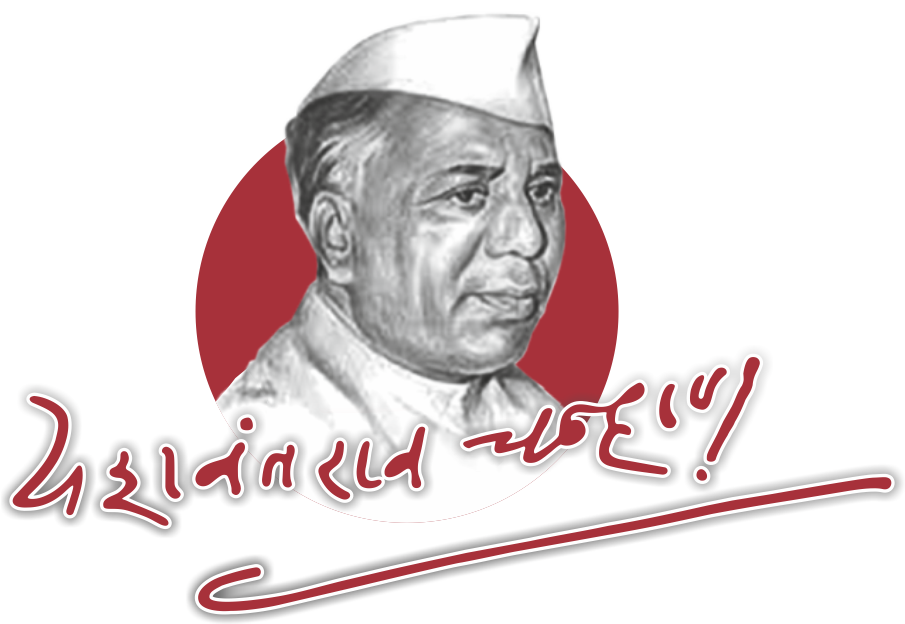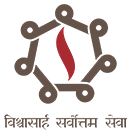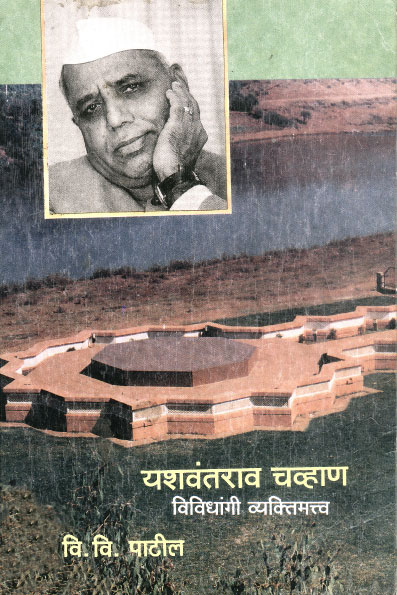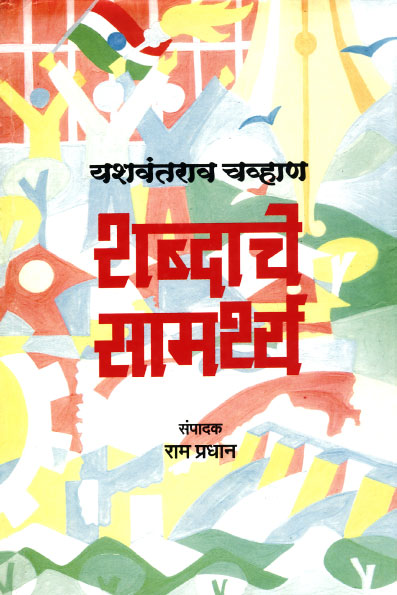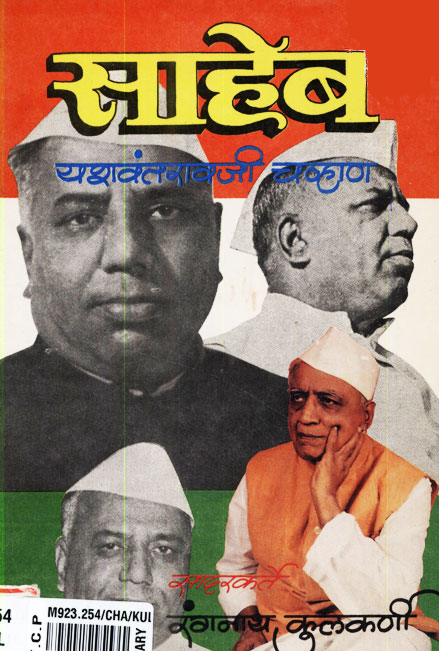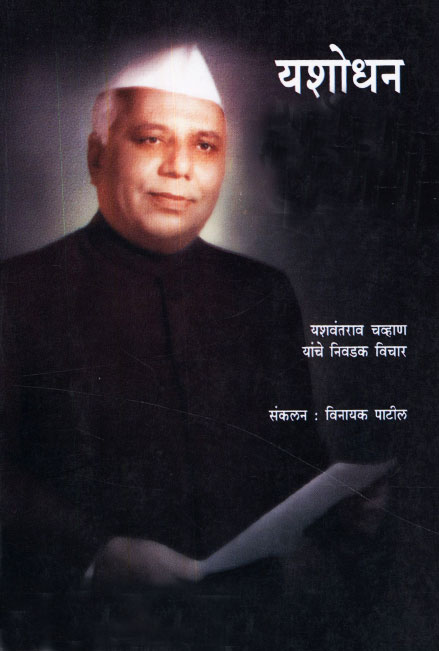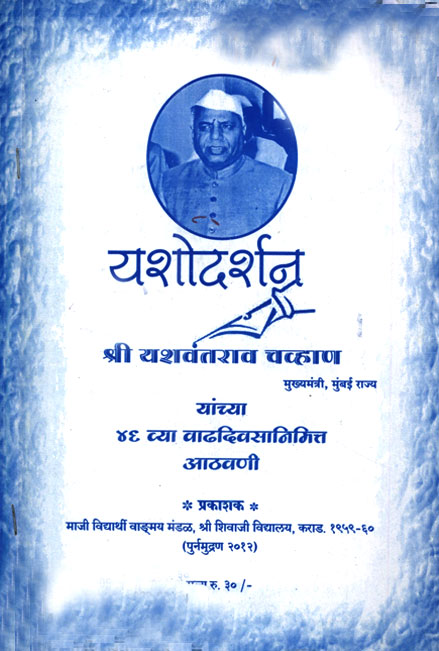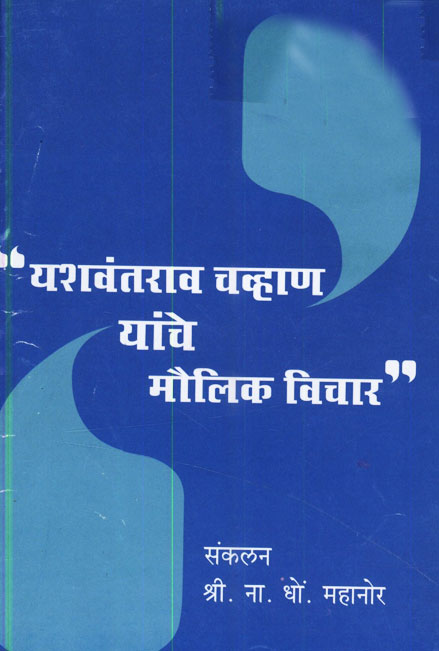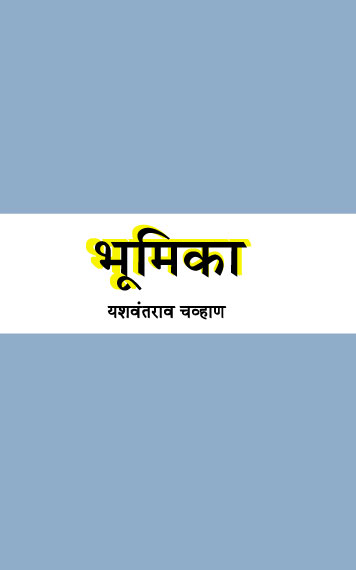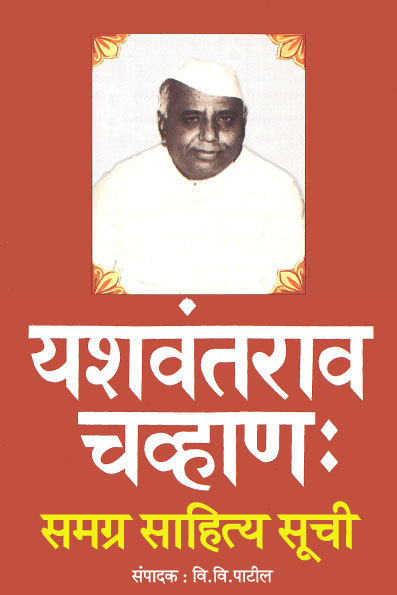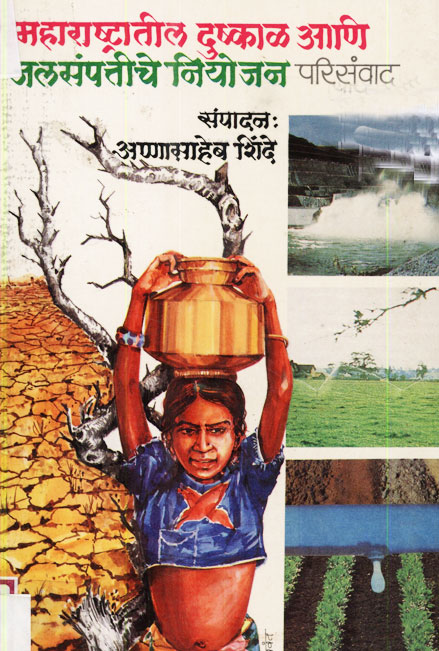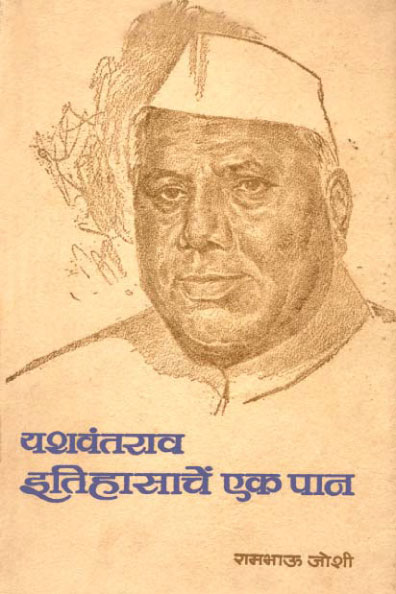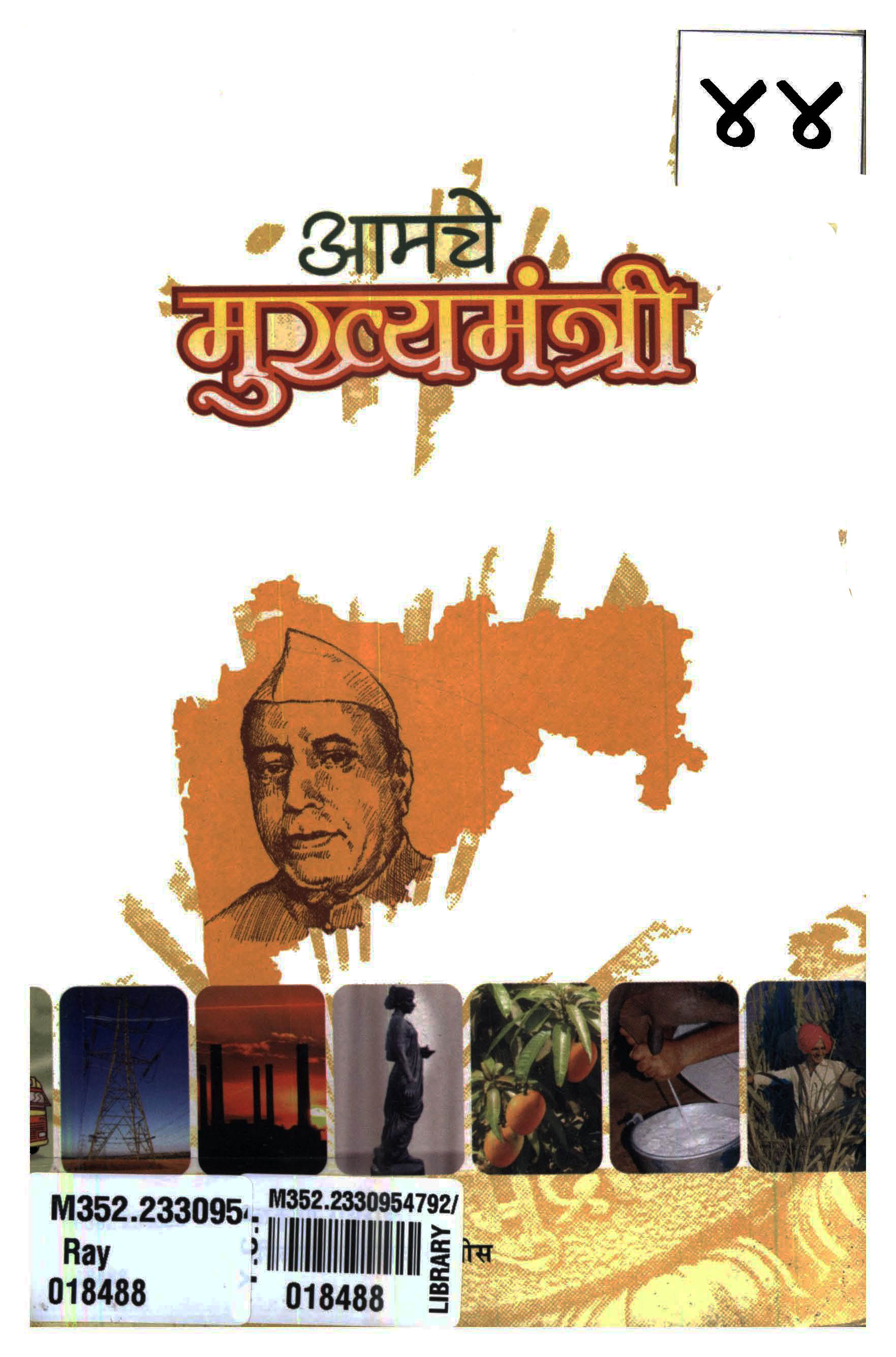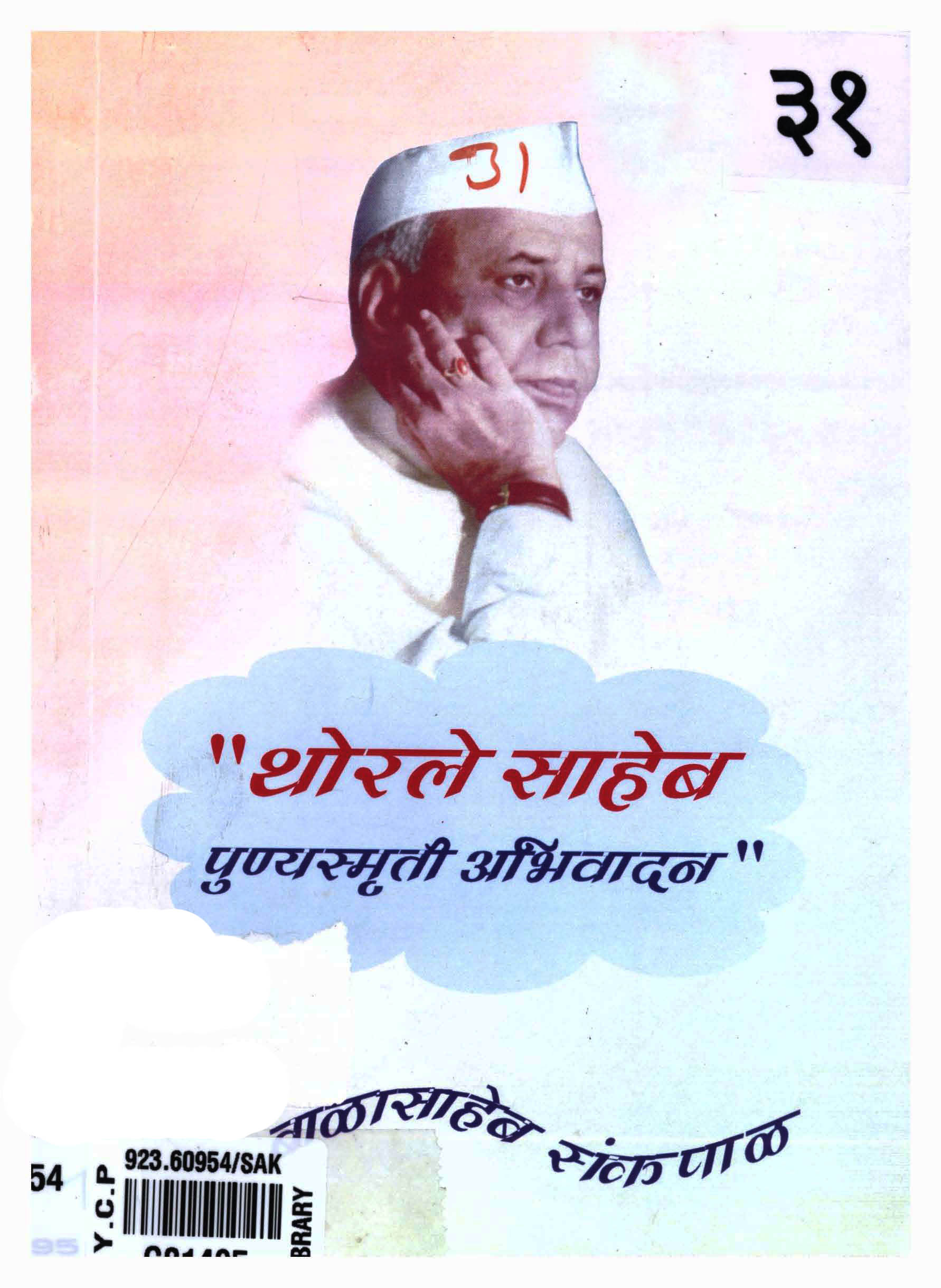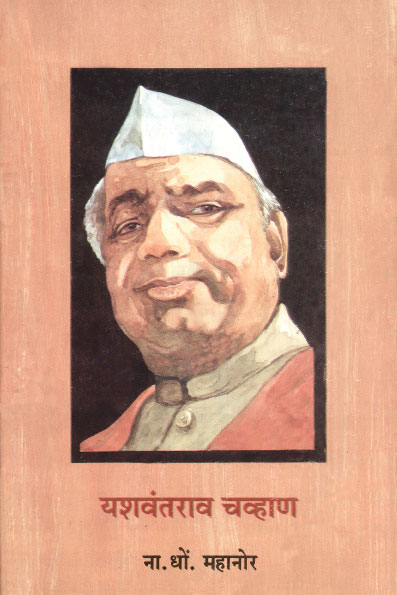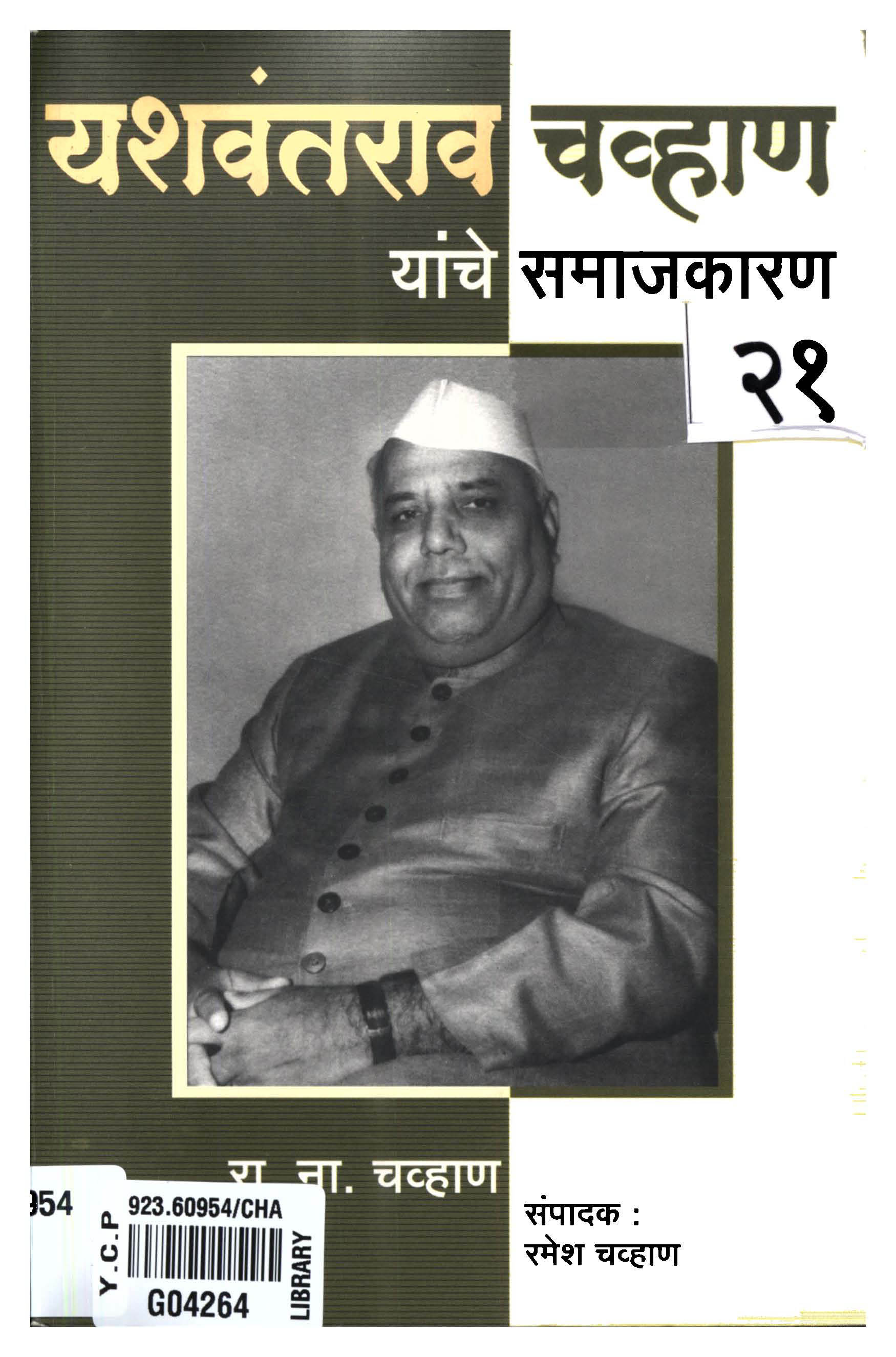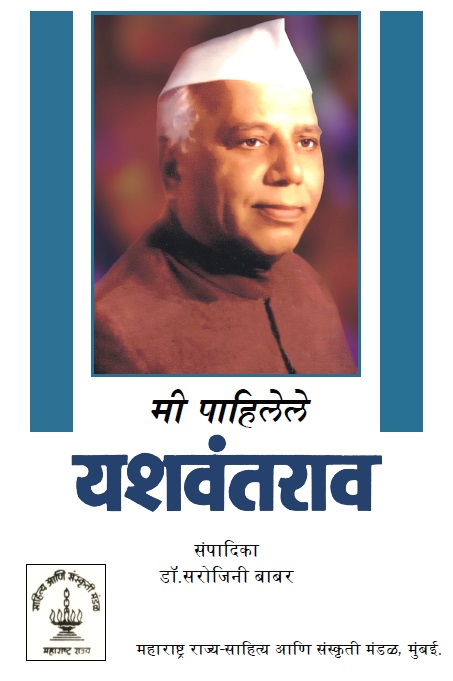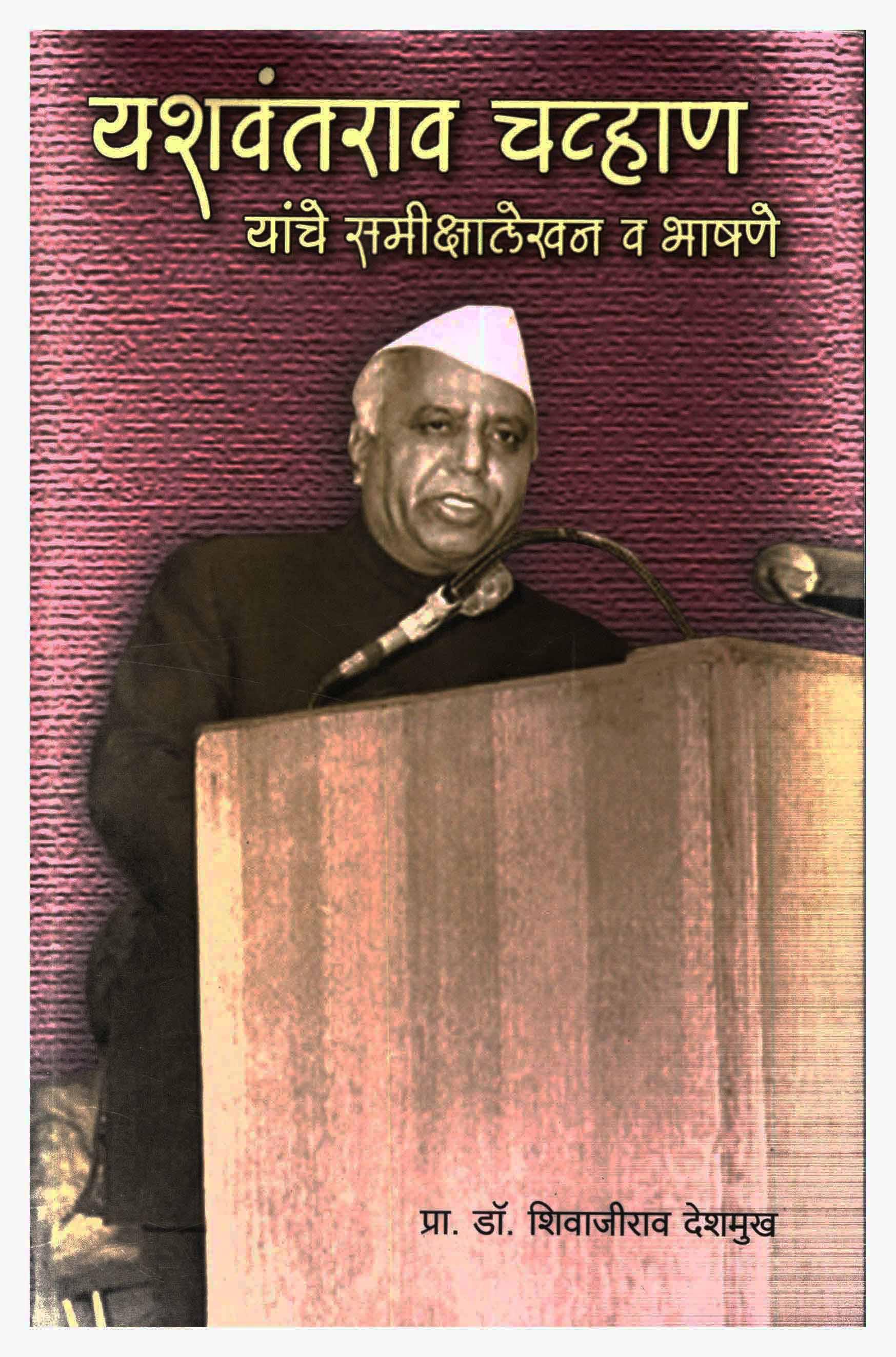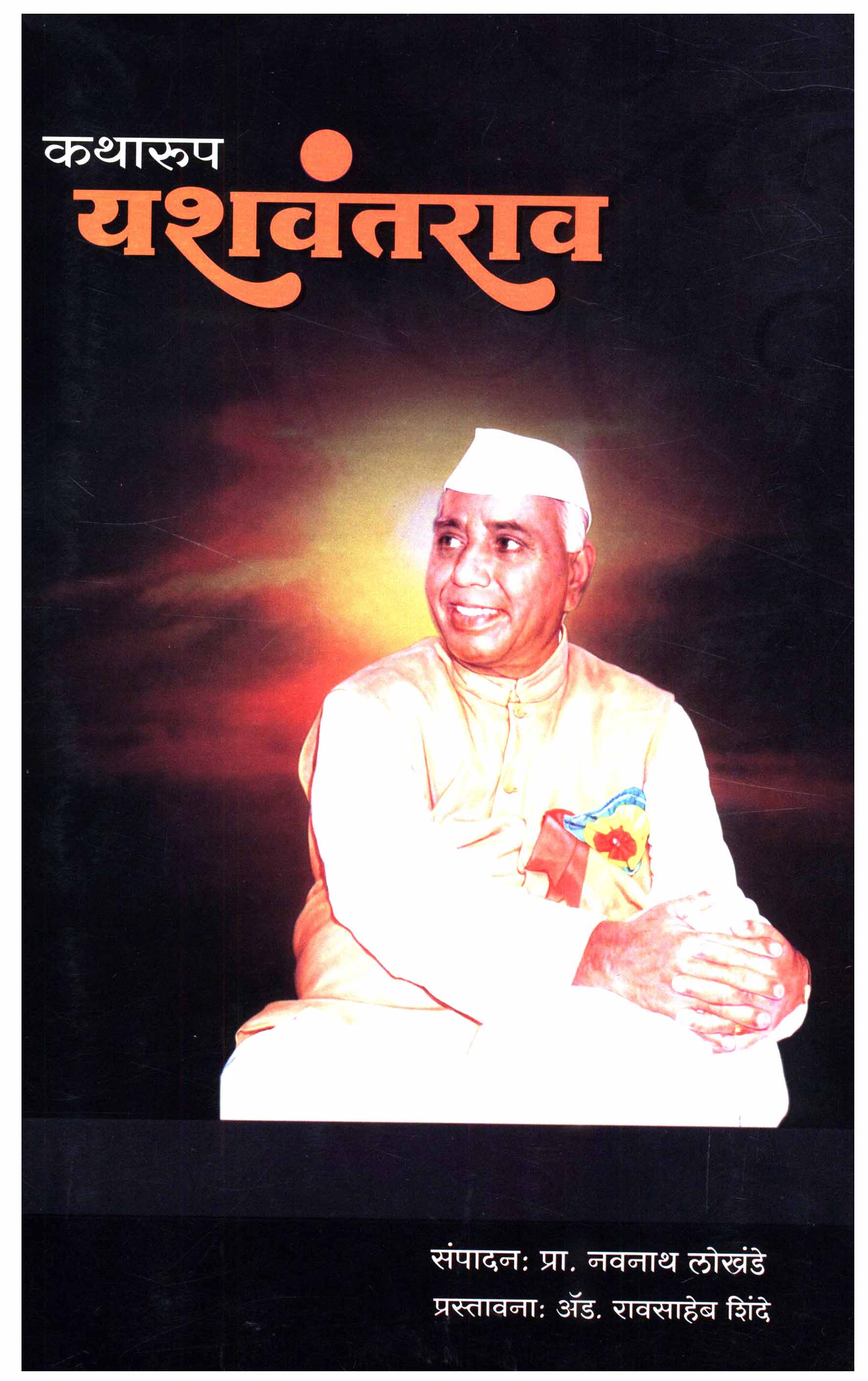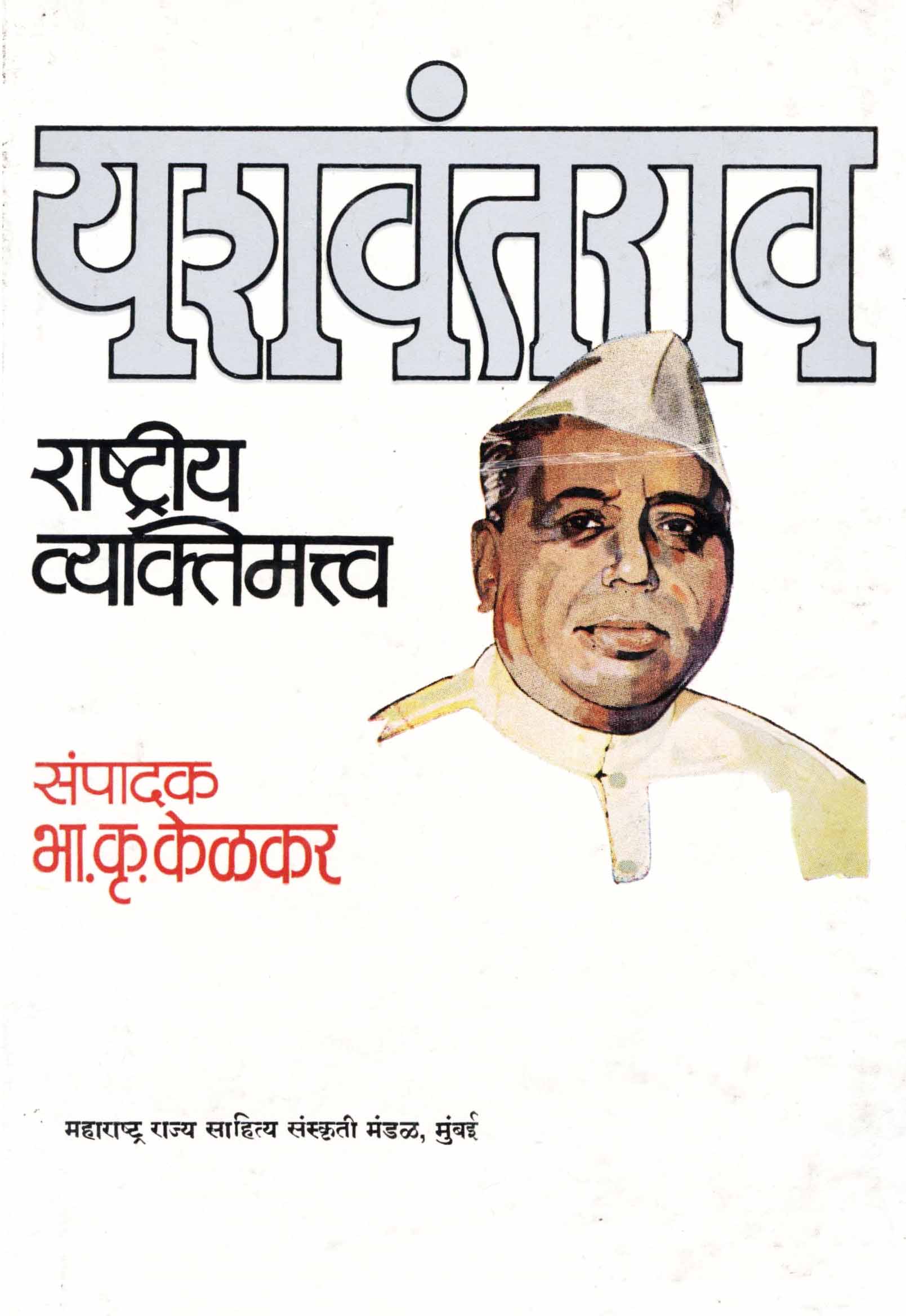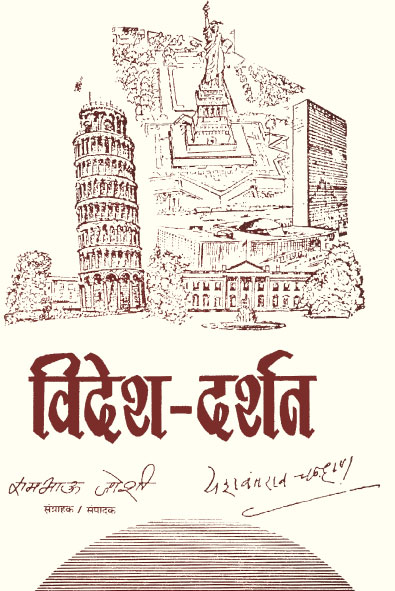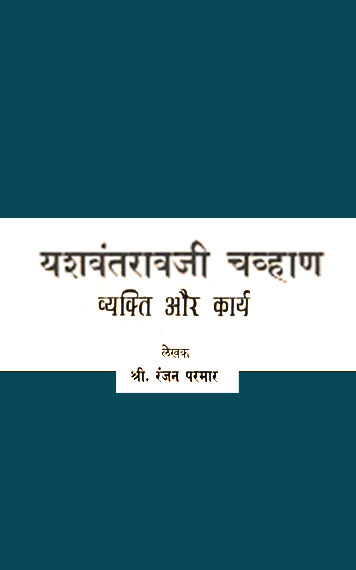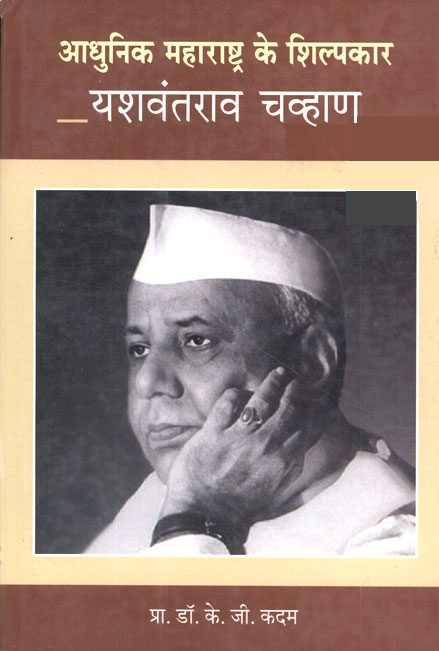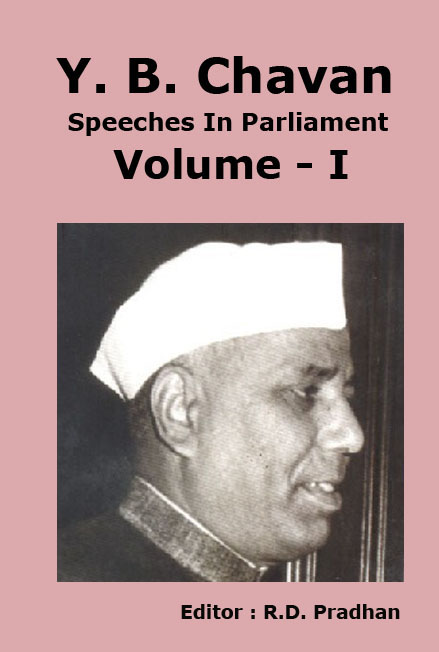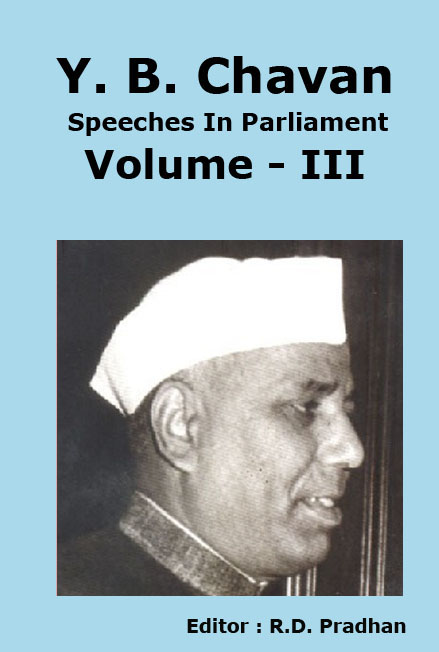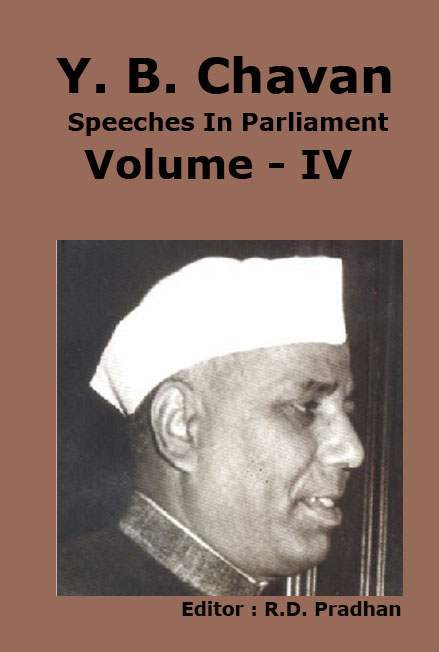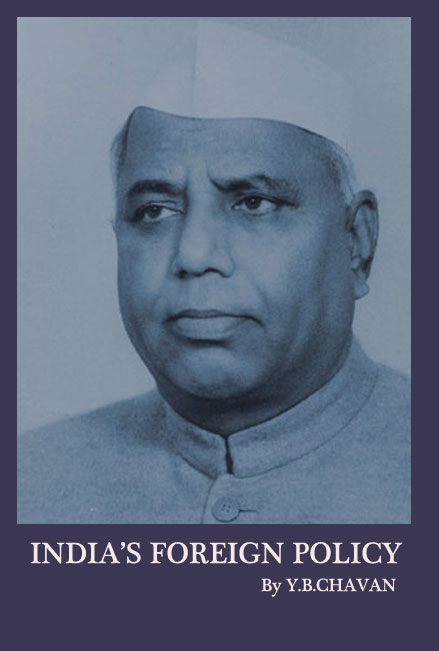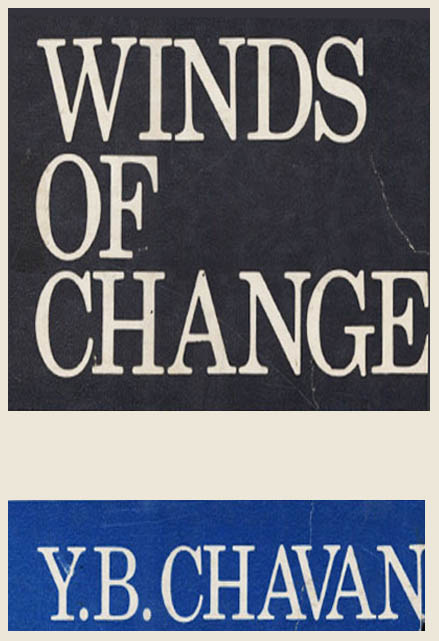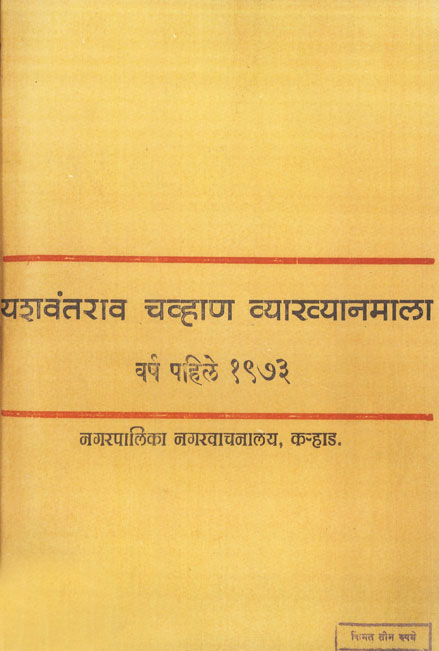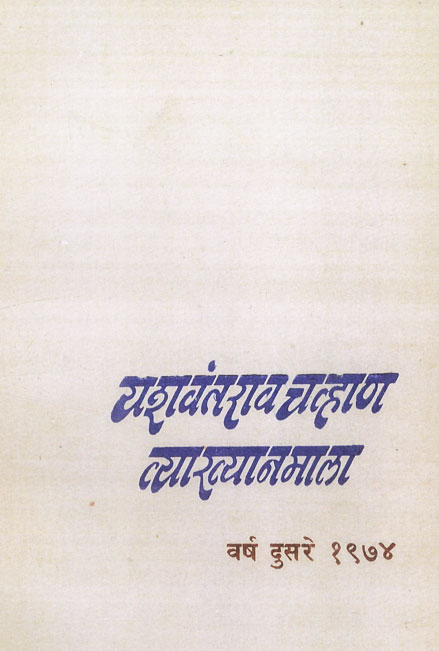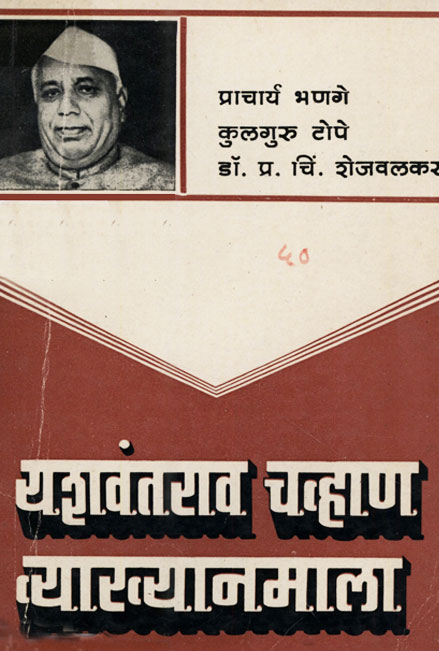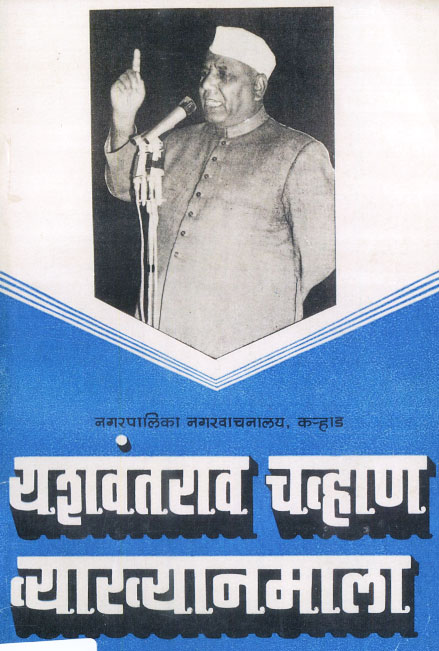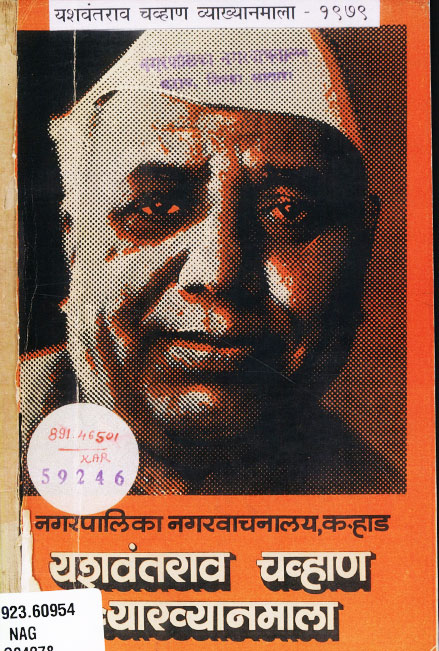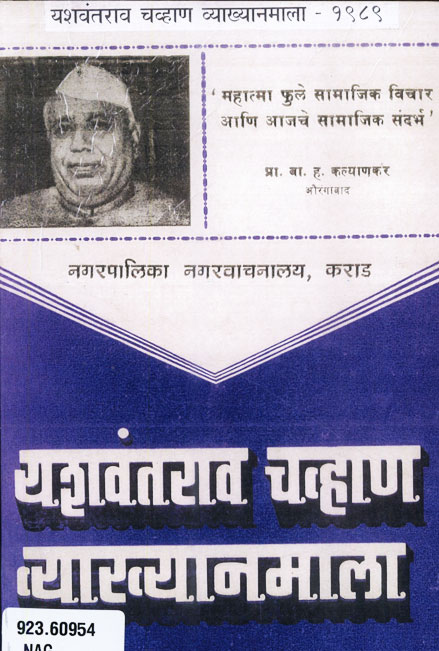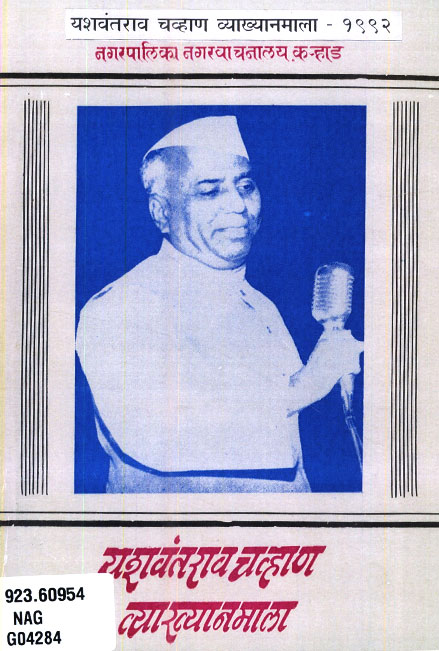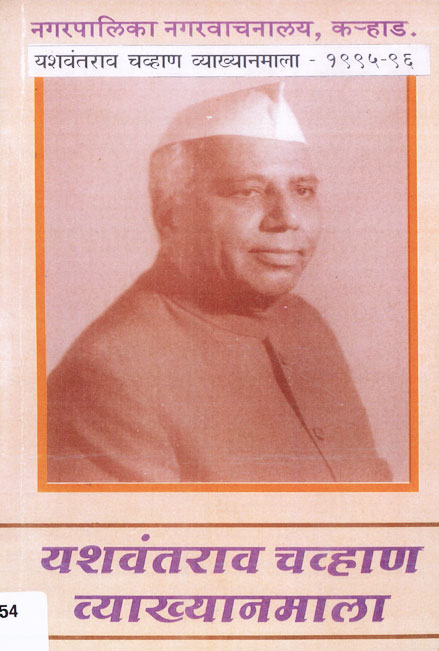The problem of poverty of India is not a one-point proposition. We cannot say that it is a problem of population. We cannot say that it is a problem of the absence of this or that particular thing. The problem of India is a problem which has been brought about by many contributory factors which, I think, we have to consider if at all we want to solve it. And coming to that, I would say that if India’s agricultural economy and its problem is to be solved, then the problem will have to be seen and faced in its reality. Some people try to suggest that redistribution is the real solution and the hon. Member Mr Dange who unfortunately is not present here now, while advocating the cause of redistribution referred to the reforms in some of the continental countries. The history of agricultural reforms in the continental countries is very interesting and I think I may contribute something to the debate if I place some facts in this connection before the House.
The history of agricultural reforms in continental countries in the last century reveals three distinct types or categories of reforms according to the different blocs of countries and the nature of the reforms which they introduced. The Continent can be classified into the following three distinct groups: (1) The Western European countries, which are really speaking industrial countries where essentially the problem was quite different; (2) the Central and Southern European countries (the Baltic and the Balkan countries), where the problem was of quite a different type; and (3) Russia, the home of collectivisation as they call it. The method of redistribution I was tried in the Central and Southern European countries; and it will be interesting to see why they tried it there. The hon. Member Mr Dange while advocating this cause has given a very sound proposition and I am prepared to accept it. He said that before accepting the method of redistribution there ought to be some sort of polarisation of the classes. Yes, that is true, but is there that type of polarisation existing in this Province? I am afraid there is not.
Sir, I am not trying to reply to one particular member. I am trying to meet the argument that he (Mr Dange) has advocated. In Czechoslovakia and in other countries of Central Europe there was that type of rural polarisation. For example, I would give the statistics of Finland about land position. Out of the total land only 7.5 per cent was under cultivation, and the remaining was either forest or pasture land. Then what was the position of the rural families? Twenty-three per cent owned the land, 34 per cent rented the land, while 43 per cent had no land at all. I think this position existed in all other countries in the Central Zone. Even in Poland the same thing existed. It was quite all right in those countries, but is it necessary in our Bombay Province? It is not. I can give you some statistics. If I am repeating certain things, I hope I shall be excused. I shall now quote from the statistics relating to the Bombay Presidency pertaining to the year 1936-37 which have been referred to by the Indian Famine Commission. The number given is in millions of holdings. Up to 5 acres, it is 1.13; between 5 and 15 acres, it is .67; between 15 and 25, it is .25; between 25 and 100, it is .22 and over 100 acres, it is .02. If these figures are accepted as correct, we will have to accept that there is absolutely no polarisation of the land-owning classes, and the greater bulk is the middle class peasants who own the land.

यशवंतराव चव्हाण सेंटर
जन.जगन्नाथराव भोसले मार्ग,
नरिमन पॉईंट, मुंबई – ४०००२१
दूरध्वनी : 022-22028598 / 22852081 / 22045460
फॅक्स : 91-22-22852081/82
ईमेल : info@chavancentre.org
